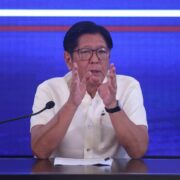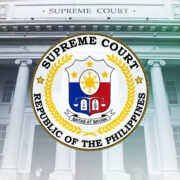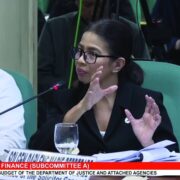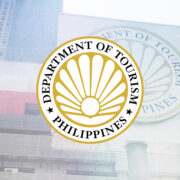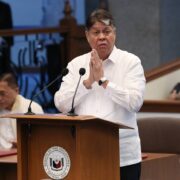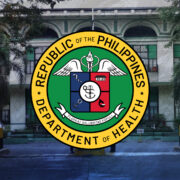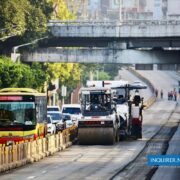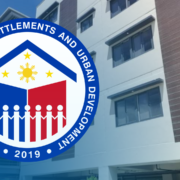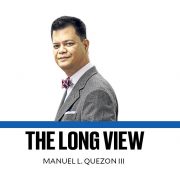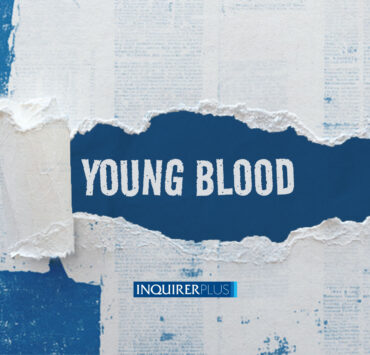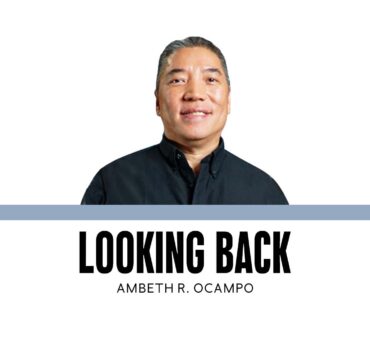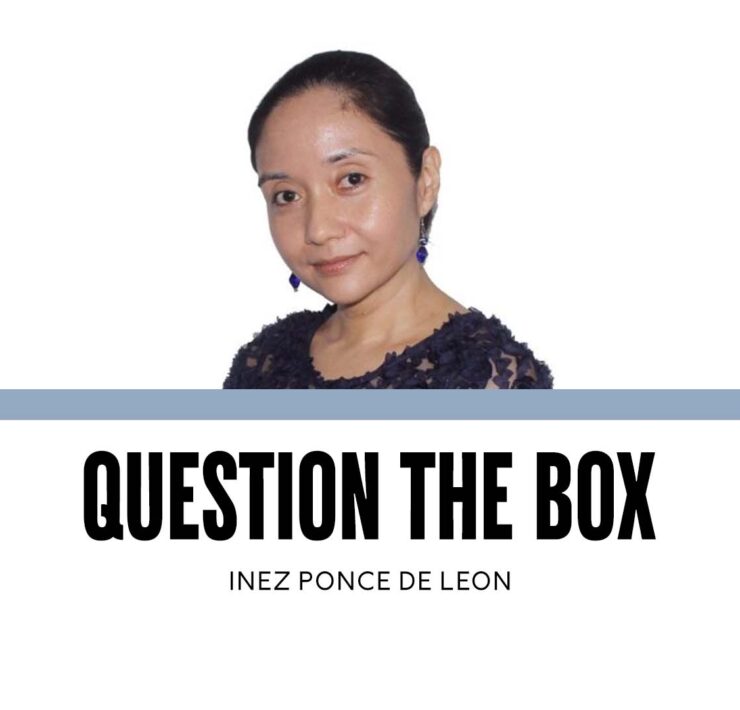Teaching beyond assumptions
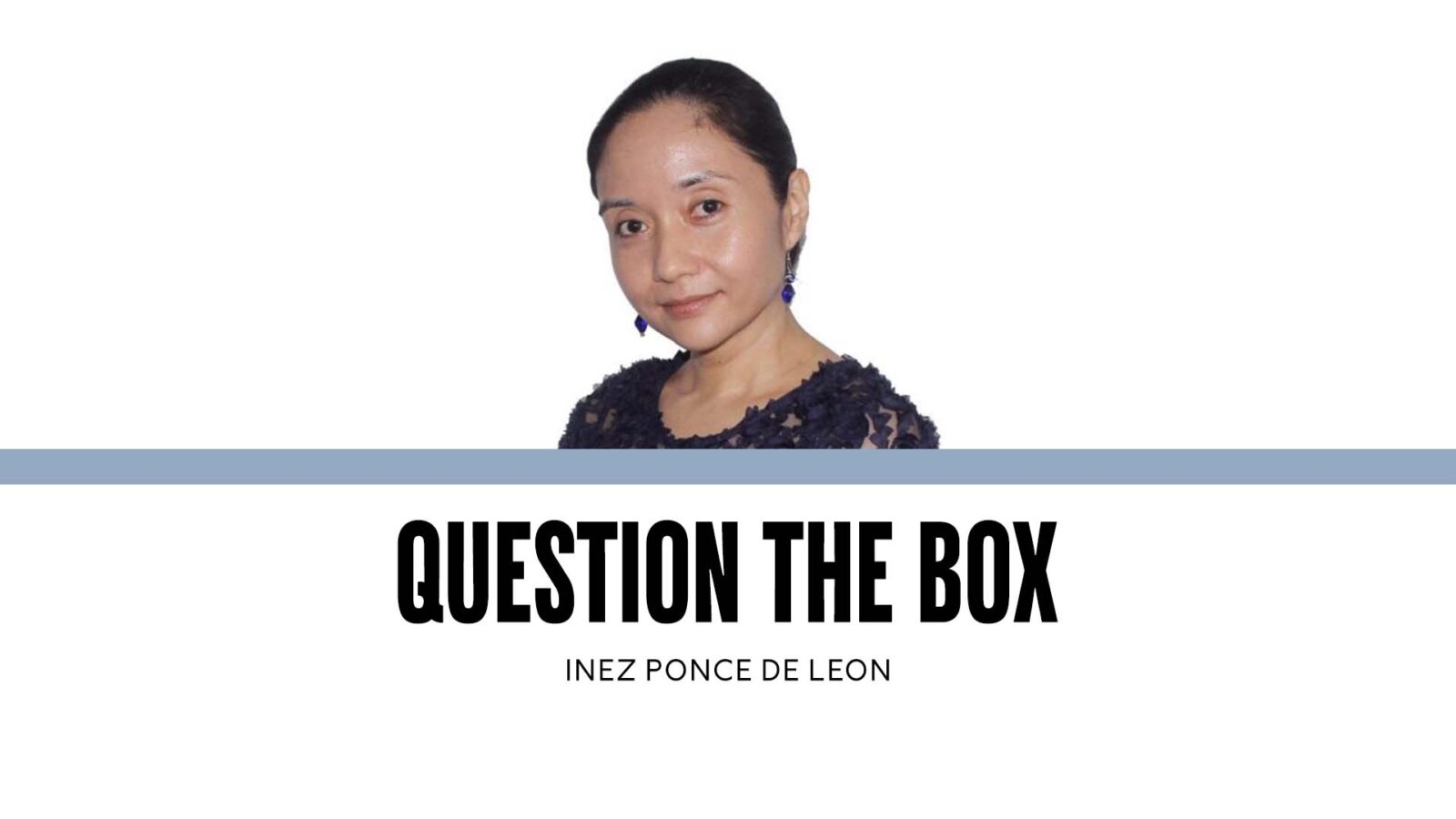
People are so dumb in this country, so they need more knowledge,” I often hear offline and read online.
I used to think this way, and assumed that people used only information to make decisions. I thought my future would be built on redesigning information so that people would listen to science.
After going through my PhD, I realized how wrong I was, and how short-sighted my definition of science and science communication had been. There were so many kinds of knowledge that insisting on a single one was a form of oppression and exclusion. There were so many ways to communicate that insisting on relying on dissemination was an injustice to the field.
I tried to bring a broader vision of science communication everywhere I went: to local conferences, where I talked about the complexity of decision-making; to international conferences, where I showed how climate change-vulnerable Philippines has its own way of apprehending reality and knowledge; and even to my classes, where I tried to help students disabuse themselves of the notion that their only job was to conjure images for an invisible audience.
I also designed a foundational course for our undergraduate majors: Science and Risk Communication. I meant for it to be built on a combination of human-centered design, the philosophy of science and risk, and systematic social science research.
It is, and has always been, a research course: students have to first define a science or risk-related communication problem, create a research proposal to examine the problem through the lenses of theory and research, and craft a project proposal to address the problem through a communication intervention based on the tenets of human-centered design.
The public is, and has always been, at the center of science and risk communication. There is no room in my class, let alone in the field, for the idea that “all we have to do is make communication materials and disseminate them.”
We launched the class in its final form in 2021, in the middle of the pandemic. The students were disengaged at first, but once the deadlines were made strict, they delivered: I was floored by the depth of their output and how the students understood that we first needed to empathize with people, not force knowledge upon them.
For the two years that I taught the course online, my fellow instructors and I were perennially busy and spent, but we also received proposals that were ready to be deployed, given the right circumstances and sufficient funding. One group wanted to examine climate change through in-depth conversations with Bukidnon fruit farmers, another wanted to help fisherfolk in Palawan create their own radio show to help them with their livelihood, even through long storm seasons.
There were projects built on wanting to explore people’s worldviews rather than impose one upon them. There was research questioning assumptions about human behavior or decision-making when it came to science-related issues. Some of the proposals eventually became the basis on which the students’ theses would be conceptualized.
The class is a rebellion. So, when I recently sent out a call for instructors to teach the course, I braced myself for silence. I had been told, after all, that there were too few people who could do research, fewer still who genuinely enjoyed it, and even fewer who were willing to teach it.
I was pleasantly surprised: we had quite a number of applicants, a majority of whom had read the journal article I had written to document how I had developed the course, and who had, in turn, resonated with its principles.
One said that they had done a lot of field work, and that there was so much local knowledge that begged to be explored. Another said that they had spent years reviewing proposals, and they were always in search of creative ways to engage people rather than push information on them. Another was excited at the potential for discussions and in-class guided brainstorming. Another asked if we could coauthor papers.
Over 10 years ago, there were so few of us intent on pursuing research to break ourselves out of the trap of the deficit model of communication (i.e., people have no knowledge and need only knowledge, so give them pretty information). Four years ago, I struggled to find science and risk communication professionals who were interested in critically examining the field.
Today, I am encouraged as I go through our applicants’ emails. Very rarely have I read, “I want to correct misinformation.” The running thread is now, “I want to help students see that communication is not about saving people, but listening to them.”
In a few weeks, I will be conducting interviews and watching teaching demos. In a few months, maybe we’ll have new faculty members teaching how research must first inform creative decisions.
And maybe, in a few years, we’ll have professionals who don’t build their careers on the notion that people are ignorant—but that people have their stories, and we must first listen.



